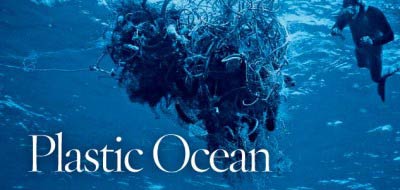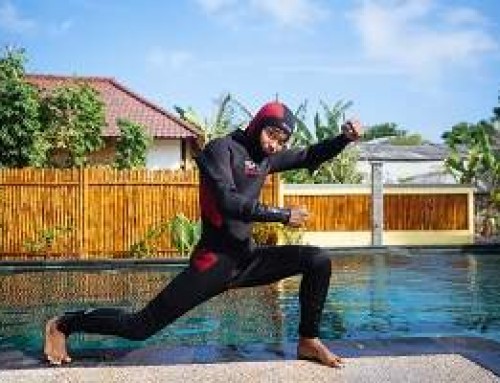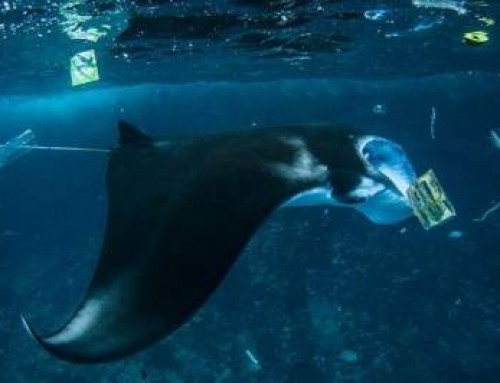You need to know…
A Plastic Ocean is a new feature-length adventure documentary that brings to light the consequences of our global disposable lifestyle. We thought we could use plastic once and throw it away with negligible impact to humans and animals. That turns out to be untrue.
In A Plastic Ocean an international team of adventurers, researchers, and world-saving heroes embark on an expedition around the globe that delves into the unknown lurking beneath our seemingly pristine and remote waters.
The results will astound viewers – just as it did our adventurers, who captured never-before-seen images of marine life, plastic pollution, and its ultimate consequences for human health.
During its four-year production period, this adventure documentary was filmed in 20 locations around the world in beautiful and chilling detail to document the global effects of plastic pollution–and introduce workable technology and policy solutions that can, if implemented in time, change things for the better.
Scientists Solving a Jigsaw Puzzle…Gyre by Gyre
If it was happening in one gyre, they suspected it was happening in all of them. But the filmmakers needed experts to prove it.
Scientists were brought in at each stage to analyze the findings from one part of the story to add their data to the overall report on the five gyres.
In the center of the Pacific Ocean gyre our researchers found more plastic than plankton. A Plastic Ocean documents the newest science, proving how plastics, once they enter the oceans, break up into small particulates that enter the food chain where they attract toxins like a magnet. These toxins are stored in seafood’s fatty tissues, and eventually consumed by us.
How the film started…
- Producer Jo Ruxton joined an expedition to the so-called Great Pacific Garbage Patch in the North Pacific Gyre, 1500 miles off the coast of San Francisco, to ascertain its impact. When the expedition discovered free-floating microplastics instead of an anticipated solid mass that could be contained, Jo knew she had to begin the film that would become A Plastic Ocean.
- Jo Ruxton joined with producer Sonjia Norman to create the Plastic Oceans foundation to raise funds and awareness for the documentary. Later, Plastic Oceans Ltd.,a charitable organization based in Hong Kong, was also set up to support the film.
- Jo had worked for the WWF International in Hong Kong and partnered with director and journalist Craig Leeson. Their first collaboration was on a documentary about endangered Pink Dolphins in Hong Kong.
- Jo and Craig brought on Dr. Lindsay Porter, an expert in cetaceans (whales and dolphins).
- Together they contacted the world’s experts to see what was known about plastic pollution in the gyres.
- The team expanded to include Dr. Bonnie Monteleone who had already found microplastic in other gyres she had investigated. She joined the expedition to the South Pacific gyre.
- With new information about the extent of each gyre, free diving champion Tanya Streeter joined the team. Together they set off on what would be a four-year global odyssey to explore plastics in our oceans and their affect on marine ecosystems and human health, including endocrine distruption.







